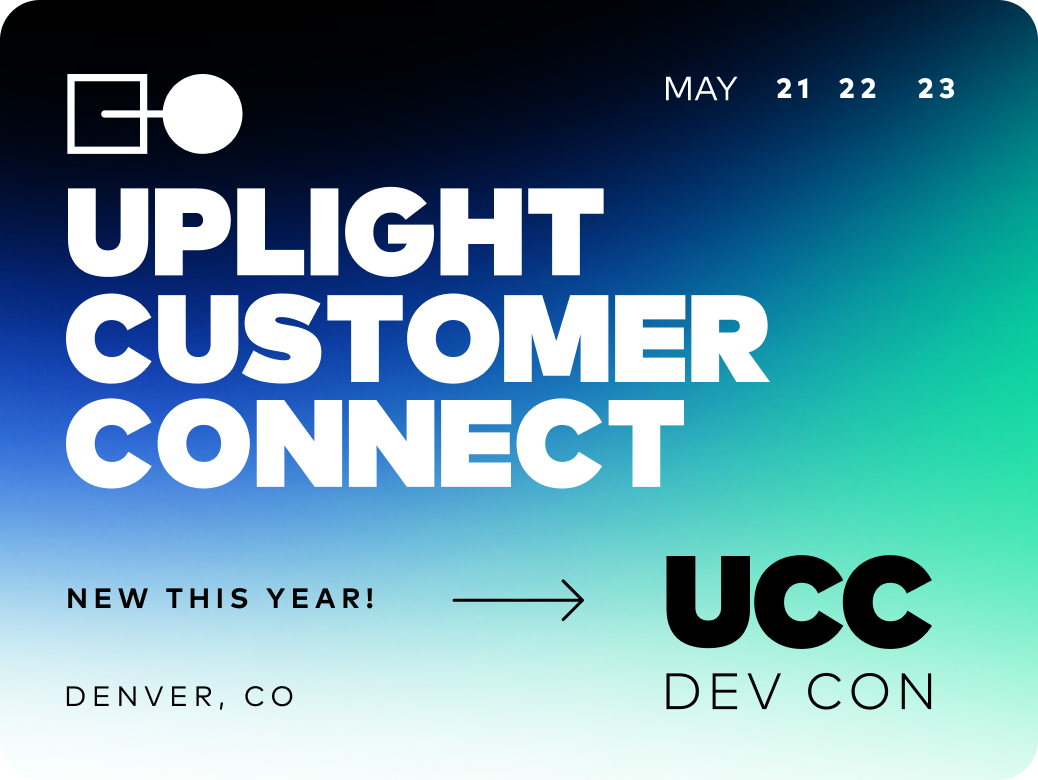This post was originally published on FirstFuel’s website. FirstFuel is now Uplight.
“One of the big questions we have is how to connect the data in a way that makes sense with our CRM and our operations.”
– Utility Executive
In the energy industry, changing customer expectations are colliding with a changing market. Options like distributed generation, solar, and micro-grids are becoming more readily available and business customers have more options than ever before when it comes to sourcing their energy.
To stay relevant, many utilities have bumped increasing business customer satisfaction to the top of their strategic priorities. To deliver, utilities need to focus on creating a 360-degree customer experience that provides relevant, personalized information through every communication channel. But, challenges with technology, internal systems, organizational structures, and metrics often make this easier said than done.
Technology, People, and Processes
For many, legacy CRM systems and customized IT deployments don’t meet the standards of the modern technology required to implement an improved customer journey. Legacy systems, often developed for a single purpose or business function, have limited functionality and are rarely designed to meet long-term needs. Even when these systems are developed and invested in over time, they’re rarely modernized frequently enough to keep pace with the changing environment.
People challenges also create a significant obstacle in creating a 360-degree customer experience. As is the case in many large organizations, functional departments within utilities are often siloed, making working collaboratively and cross-functionally particularly difficult. Breaking down silos and gaining widespread buy-in requires both battling institutional inertia and creating new internal processes.
Agile and Innovative Change Management
To overcome these challenges, utilities need an agile and innovative change management approach that incorporates internal systems, organizational structures, and metrics. Program management is an essential focus – a good program manager is able to bring both business and technical teams together to address issues, keep the project on track, and work collaboratively to mitigate risks. Technical resources are also key. To be successful, it’s important to allocate the right technical resources responsible for working across your organization’s IT and business teams.
By aligning internal teams, processes, and systems, utilities can deliver a seamless, consistent, and personalized customer experience to all of their business customers through each of their communication channels.





